9 Ways to Explore the Caribbean Sustainably
Last updated: 10/24/23 | October 24th, 2023
Lebawit Lily Girma is an award-winning journalist who has been living in the Caribbean since 2008. In this guest post, she shares her tips and advice for exploring the Caribbean in an ethical and sustainable way while benefitting the local communities that call the islands home.
But I realized that what moved me the most were the cultural reminders of my childhood in West Africa: the plantain dishes and chicken stews, the tropical gardens filled with hibiscus and palms, the drumming and soca beats, and the warmth of the locals. Three years later, I packed my bags, left my corporate legal career behind, and hit the road with dreams of becoming a travel writer and photographer in the Caribbean.
The State of Tourism in the Caribbean
With over 20 islands and hundreds of beaches that are among the most beautiful in the world, located just a short flight away from North America, it’s easier than ever to go for a Caribbean escape. Even during the global pandemic, the Caribbean Islands were among the safest and the most tempting destinations for Americans and Canadians seeking an escape route near home. The region overall had a lower rate of COVID-19 infections compared to the rest of the world, primarily thanks to the majority of Caribbean countries being separated from their neighbors by water.
But here’s what most people may not realize or spend much time thinking about: the Caribbean is also the most tourism-dependent and vulnerable region in the world.
Of the top 10 global destinations that are most dependent on tourism for jobs, eight are in the Caribbean. This region has also suffered the negative impacts of mass tourism — both the continuous, unabated development of large, foreign-owned all-inclusive resorts in coastal areas and the expansion of cruise tourism have created serious environmental and socioeconomic issues.
For instance, large resorts have exacerbated coastal erosion as a result of being built too close to the shoreline, and they’ve also caused a shortage of commodities in surrounding communities, including power and water, as the average tourist’s use of these resources is higher than a local’s daily usage. Cruise lines also cause increased plastic pollution, engage in illegal dumping, and emit greenhouses gases at disturbing rates.
To boot, climate change is hitting the Caribbean islands the hardest. The World Tourism and Travel Council has predicted that the Caribbean will become the most at-risk tourism destination in the world between 2025 and 2050. Studies have also shown that rising sea levels will put at least 60% of resorts at risk by 2050. In turn, warmer temperatures and increased carbon dioxide in the atmosphere have led to coral bleaching and ocean acidification, affecting the Caribbean’s reefs.
Perhaps the greatest threat of all is the lack of significant trickle-down economic benefits from tourism to locals because most visitors stay in all-inclusive resorts or book tours with foreign-owned companies. Did you know that booking an all-inclusive resort in the Caribbean translates into 80% of those vacation dollars going directly to a foreign corporation overseas — not to the local economy — before even setting foot in the destination?
What does this all mean? It means every decision you make during your Caribbean trip, from supporting a hotel that uses solar power and recycles water to the type of tour operator you choose and reef-safe sunscreen you pack, has a huge impact.
Today, in the fallout of the economic crisis the Caribbean has faced as a result of the pandemic, it’s become imperative that we use this time to rethink the way we explore the Caribbean. We need to see the region not as a commodity we use and abuse but as a place that’s home to unique populations in need of preservation and deserving the same amount of protection from overtourism and environmental abuses as any other major destination in Europe.
As independent travelers, we have the power to shift the tide of our favorite tropical vacation region in the years ahead. Enjoy rum, cocktails, and fine sand? That’s fine — while making choices that lead to a healthier, greener, and culture-rich region for years to come, where tourism benefits communities.
Here are nine easy ways you can explore the Caribbean sustainably!
1. Stay at small hotels, community-run guest lodges, or hostels
From hostels and guesthouses to boutique hotels, villas, and rainforest lodges, there are some incredible locally owned places to stay in the Caribbean. Whether you’re into mountains, beaches, or rainforests, these kinds of accommodations are usually run by locals or long-time residents who are eager to immerse you in their communities. This way, you get a more authentic cultural experience, including locally sourced meals and expert local guides that these properties have relied on for years.
You can also find community-run lodging; these are often nature-tucked lodges or guesthouses run by a community group or cooperative members that operate just like privately owned lodges. The income, however, is equally shared among the members while you enjoy an authentic stay — a win-win.
“Staying local” goes a long way toward supporting the local economy, ensuring that your travel dollars reach those who deserve it the most, from the farmer supplying the hotel to the tour guide who gets repeat business.
To find these various types of locally owned or locally invested accommodations, you’ll have to do a little extra research.
First, contact the destination’s tourism board and ask for locally-owned hotel recommendations in the area that interests you; you should also scan their website’s hotel listings.
Second, you can find a handful of special guesthouses and locally run hotels on Booking.com — but take the additional step of searching for the property’s own website for more information and booking directly through it.
Third, depending on the destination, you can find unique local properties listed on TripAdvisor.com, under the “B&B and Inns” category.
Last but not least, you should search for and read local news outlets from or blogs on your destination; these often cover the domestic side of tourism and tend to feature more locally owned properties.
2. Bike, walk, or use local transportation
Touring a Caribbean island on two wheels is becoming more popular than ever. On your next visit, swap the safari truck excursions for a biking tour. Bike Caribbean is a perfect example; you can rent a variety of bicycles from this shop in St. Lawrence Gap, on the main tourist drag, and escape along Barbados’s diverse coastline before ending up back at the beach. It’s a great way to make local friends, find hidden corners, and discover a different side of the destination.
Other established bike tour companies around the Caribbean are:
- Zona Bici in Santo Domingo
- Tri-Bike Aruba in Aruba
- RutaBikes in Havana
- Bike St Lucia in St. Lucia
You can also ask your hotel’s staff if they provide bicycles for rent or for free; if they don’t have any, ask for a local bike shop recommendation.
Getting around by public transportation is also a good way to reduce your footprint and contribute to the local economy. You’ll get a glimpse of island life, see how most people get around, and discover places along the way that you might have missed.
3. Take cooking classes, go on food tours, and sign up for cultural experiences
What better way to learn about the local cuisine than signing up for a cooking class or hopping on a food tour? Aside from the fun side of tasting new dishes, it’s a great way to support local agriculture in the Caribbean, by pumping your dollars into some delicious food, sourced straight from farmers and chefs’ gardens.
Although over 80% of produce in the Caribbean is imported, the tide has begun turning toward increased food security for locals through growing one’s own food and practicing permaculture principles. Supporting local food production means you’re supporting the country’s efforts in lowering its dependence on exports — which can include genetically modified seeds — while increasing self-sufficiency. This becomes critical when major storms hit or when borders shut down (say, due to a pandemic).
Here are some great food tours around the region:
- Lickrish Food Tours in Barbados
- Belize Food Tours in Belize
- Tru Bahamian Food Tours in the Bahamas
- Trinidad Food Tours in Trinidad
- Jamaica Food Tours in Jamaica
Another great option for cultural immersion is to find a workshop or tour offered by a community organization or cooperative. One great example of an established cultural, community-run experience is the bomba dance workshop at the COPI Community Center in Loiza, Puerto Rico, just outside of San Juan, where you’ll learn not only bomba moves but also Afro–Puerto Rican history. Beware of tour companies that don’t collaborate with locals and that sell cultural experiences as an “add-on” as a way to attract tourists.
Finding these types of immersive experiences led by community leaders will require additional research: search social media and the internet using keywords such as “X workshop in [destination]” and dig into who is offering the experience.
Subscribing to a sustainable Caribbean travel advocate’s platform is another way of staying in the know. For example, social enterprise Local Guest in Puerto Rico and the Rose Hall Community Development Organization in Saint Vincent and the Grenadines, among others.
4. Visit protected areas and sustainability projects
From coral replanting initiatives to regenerative farms to wildlife protection, there are incredible nature conservation projects in the Caribbean. In Belize, for instance, the Belize Audubon Society runs a number of protected areas that are also popular with visitors, including the Cockscomb Jaguar Preserve. There are newly built cabins on-site for avid birders and naturalists, or anyone looking for a different experience by overnighting in a wildlife-rich protected area. You’ll learn a lot more about the Caribbean’s biodiversity and interact with scientists daily in a way you never would by staying in a regular hotel.
In the Dominican Republic, where protected areas have been at risk in the last decade, your visit to vulnerable national parks — such as Jaragua National Park, the Sierra de Bahoruco, and Valle Nuevo National Park — goes a long way toward supporting the work of local environmental organizations and naturalist guides while you learn about critical wildlife conservation issues.
But how do you go about finding established environmental projects around the Caribbean?
The first step is to read about the environmental challenges in the destination(s) you’re visiting. From there, you can look up the most prominent conservation nonprofit organizations on the ground. For instance, the Nature Conservancy’s work in the Caribbean region can be found in the Bahamas, Jamaica, Haiti, and the Virgin Islands, among other locations. The work of the Sustainable Destinations Alliance for the Americas is also a great resource for background information on the Caribbean’s multiple projects.
A destination’s tourism board and hotel association are great sources of information, as they often back and sponsor conservation projects or initiatives. You can also ask your host or hotel for the lesser-publicized yet influential community groups that are doing meaningful work on the ground, from cultural preservation to turtle conservation.
Before you donate funds or rush to volunteer, please consult the tourism board, your hosts, and the local organizations for advice on how you can best use your skills while on vacation, if at all. As a visitor, learning about a country’s environmental and conservation challenges before your trip is far more effective because you’ll get a sense of where to tread lightly and where your tourist dollars are needed the most.
When in doubt, simply make time to visit protected areas and national parks that are open to the public, as your visitor fees contribute to the year-round maintenance and preservation of the area’s biodiversity. Lists of national parks are easily found on tourism board websites.
5. Shop local
Skip the made-in-China trinkets and find locally sourced, handmade souvenirs. Whether it’s jewelry, textiles, or paintings, the Caribbean is filled with talented and innovative artists. Visit art galleries with on-site botanical gardens like Ahhh Ras Natango Gallery and Garden near Montego Bay, find ceramics at Earthworks Pottery in Barbados, and Dominican hand-sculpted art in specialty stores like Galeria Bolos in Santo Domingo’s Colonial City. There are also artist studio workshops and a chance for one-on-one interactions, like taking a Taino pottery class in Puerto Rico, after which you get to take your creation home with you.
Know what grows in the Caribbean destination you’re visiting and then purchase straight from the local factories and stores: coffee, chocolate, tobacco, rum, and spices are among the many choices.
6. Eat and buy locally sourced food
Are you planning to cook your own meals and self-cater during your stay? Head to your nearest outdoor market; there’s one in every major town. Go on the busiest market days — Saturdays are usually the best bet — when there are more vendors per shopper and you can learn about local produce so you can cook what’s in season. This might seem simple, but purchasing locally grown produce supports these farmers and small entrepreneurs while preserving the legacy of native plants that grow on the island.
Approach vendors and ask them to point out which fruits and vegetables on their stands are native; there are often local varieties that are worth a taste. Ask what’s in season. I’ve found most market vendors are more than willing to share their knowledge if you’re respectful and interested in buying and cooking locally, rather than merely looking for photos.
The same goes with seafood; make sure you ask what fish is in season and what’s temporarily off the market as a matter of law. Knowing the closed seasons for lobster or conch is part of the traveler’s responsibility.
In some destinations, like the Dominican Republic and Jamaica, it’s not unusual to see mobile fruit and vegetable vendors selling out of their vehicle’s trunk or cart and rolling through the neighborhood — take advantage of this, as they offer prices that supermarkets can’t match.
You’ll not only eat healthier by buying local food that’s in season but you’ll also sleep great knowing that you’re contributing in a big way to the country’s food scene and identity.
7. Say no to plastic (pack your water bottle, bring bamboo utensils)
Speaking of shopping at local markets or supermarkets, don’t forget to pack a reusable shopping tote when you’re heading to the Caribbean, as well as a reusable water bottle. As in much of the world, plastic is a serious problem on the islands, but it’s exacerbated in the Caribbean because many destinations don’t have recycling capabilities. A travel utensil kit as well as a small reusable container can go a long way to helping you avoid plastic from takeaway meals as well.
8. Respect cultural celebrations and norms
The festivals and rich cultural celebrations of the Caribbean are one of the best reasons to visit the region’s diverse destinations. But while it’s easy to assume that we’re welcome to attend an event that takes place in the backyard of our resort town — and most events are welcoming of tourists — it’s important to remember that some are actually religious ceremonies or sacred rituals that aren’t for picture-taking or public gazing.
For instance, if you’re heading to the Accompong Town Maroon Festival in January, there’s a sacred ritual that takes place before the festival kicks off; while you may be welcome to watch from a distance, you can’t interrupt or disrupt the ceremony by taking photographs unless you have prior permission from the village leaders. Similarly, not all Garifuna cultural rituals in Belize are for tourists and cameras. Wherever you end up, be respectful at all times and make sure to ask if you’re welcome before joining.
9. Stay longer and travel slow
Even though weekend escapes and weeklong vacations are the norm for visitors to the Caribbean, this region is actually an ideal corner of the world to explore slowly over a period of months. If you’re able to work remotely and live like a digital nomad, you’ll get the chance to see beyond the similarities of the Caribbean’s multiple islands and appreciate their uniqueness, from topography and cuisine to music and history.
Slowing down also reduces your footprint while taking you deeper into the fabric of Caribbean society, so you’ll get to see just how complex and intriguing this part of the world can be beyond the surface attractions of lovely beaches and tasty piña coladas. And that’s when the real adventure begins!
Whether you’ve wondered in the past how to explore the Caribbean sustainably and approach it with authenticity, or you’re now rethinking it as a result of the pandemic, these nine tips will put you well on the path of experiencing this diverse region on a deeper level, all while minimizing your impact as a tourist.
There’s a popular saying we love to repeat in this part of the world: “Life needs the Caribbean.” But the Caribbean also needs you — to immerse yourself in its destinations slowly and sustainably, with the intention of learning about its diverse cultures, supporting the local economy, and protecting the environment while rethinking where you place your vacation dollars.
It’s as easy to make vacation choices that have the power to be transformative — for you, for Mother Nature, and for those with whom you come into contact — by using the above sustainable travel principles. The Caribbean is a fun, vibrant region that deserves mindful, experiential travelers as much as other beautiful regions around the world!
Lebawit Lily Girma is an award-winning Ethiopian-American travel journalist and photographer who has lived in various parts of the Caribbean region since 2008. Her work on sustainable travel and the Caribbean has been featured in AFAR, Forbes, Sierra, Delta Sky, and Lonely Planet, and on the BBC, CNN, and Oprah, among other outlets. Lily is currently based in Santo Domingo, Dominican Republic.
Book Your Trip to the Caribbean: Logistical Tips and Tricks
Book Your Flight
Use Skyscanner to find a cheap flight. They are my favorite search engine because they search websites and airlines around the globe so you always know no stone is left unturned.
Book Your Accommodation
You can book your hostel with Hostelworld as they have the biggest inventory and best deals. If you want to stay somewhere other than a hostel, use Booking.com as they consistently return the cheapest rates for guesthouses and cheap hotels.
Don’t Forget Travel Insurance
Travel insurance will protect you against illness, injury, theft, and cancellations. It’s comprehensive protection in case anything goes wrong. I never go on a trip without it as I’ve had to use it many times in the past. My favorite companies that offer the best service and value are:
- Safety Wing (best for everyone)
- Insure My Trip (for those over 70)
- Medjet (for additional evacuation coverage)
Looking for the Best Companies to Save Money With?
Check out my resource page for the best companies to use when you travel. I list all the ones I use to save money when I’m on the road. They will save you money when you travel too.
Want More Information on the Caribbean?
Be sure to visit our robust destination guide to the Caribbean for even more planning tips!

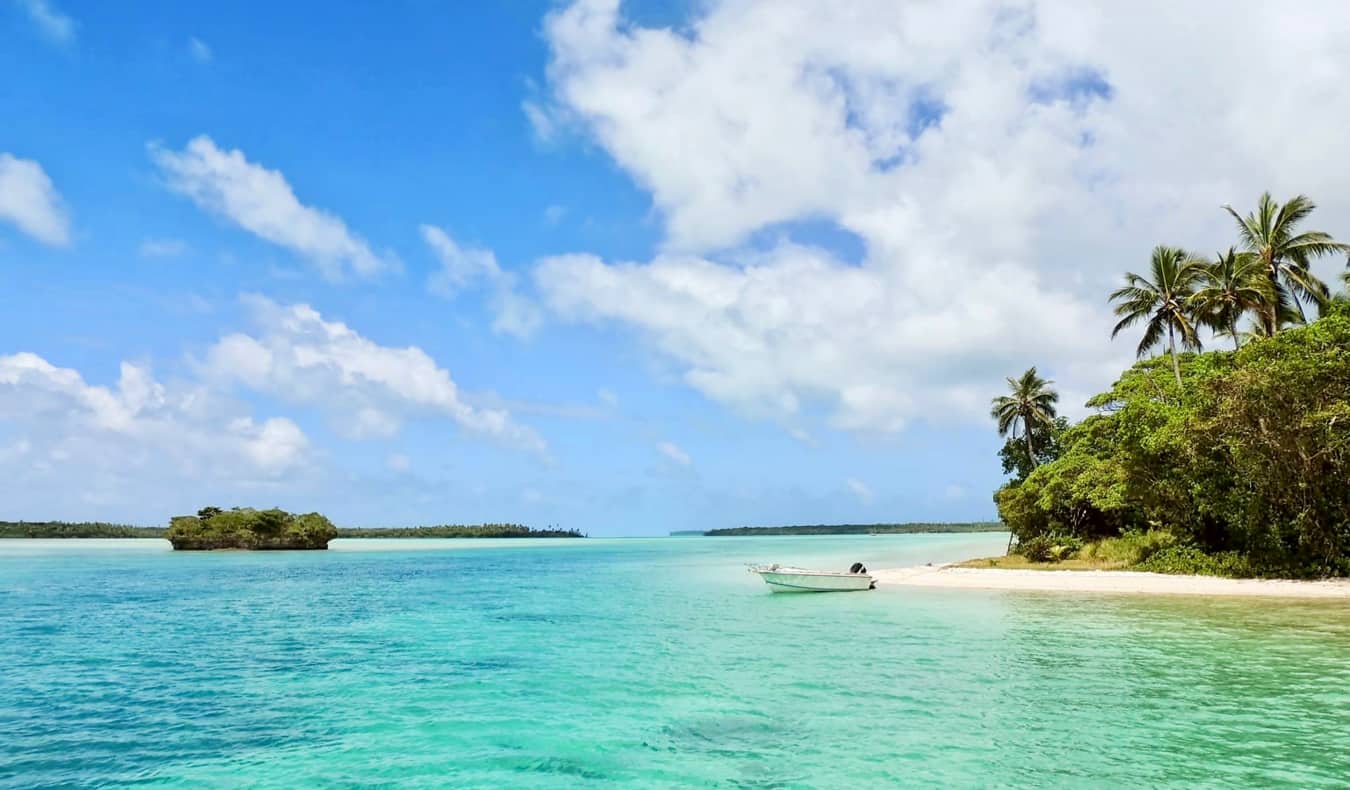
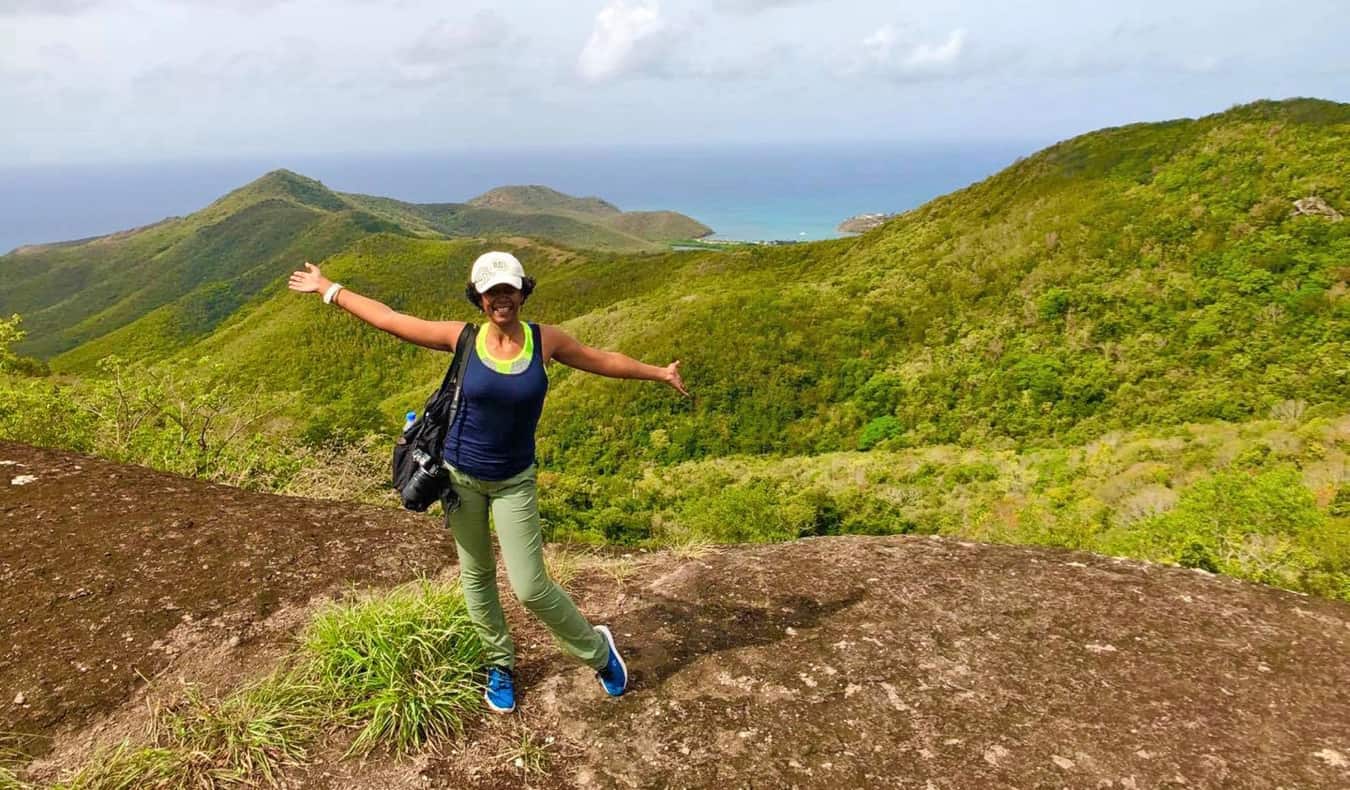
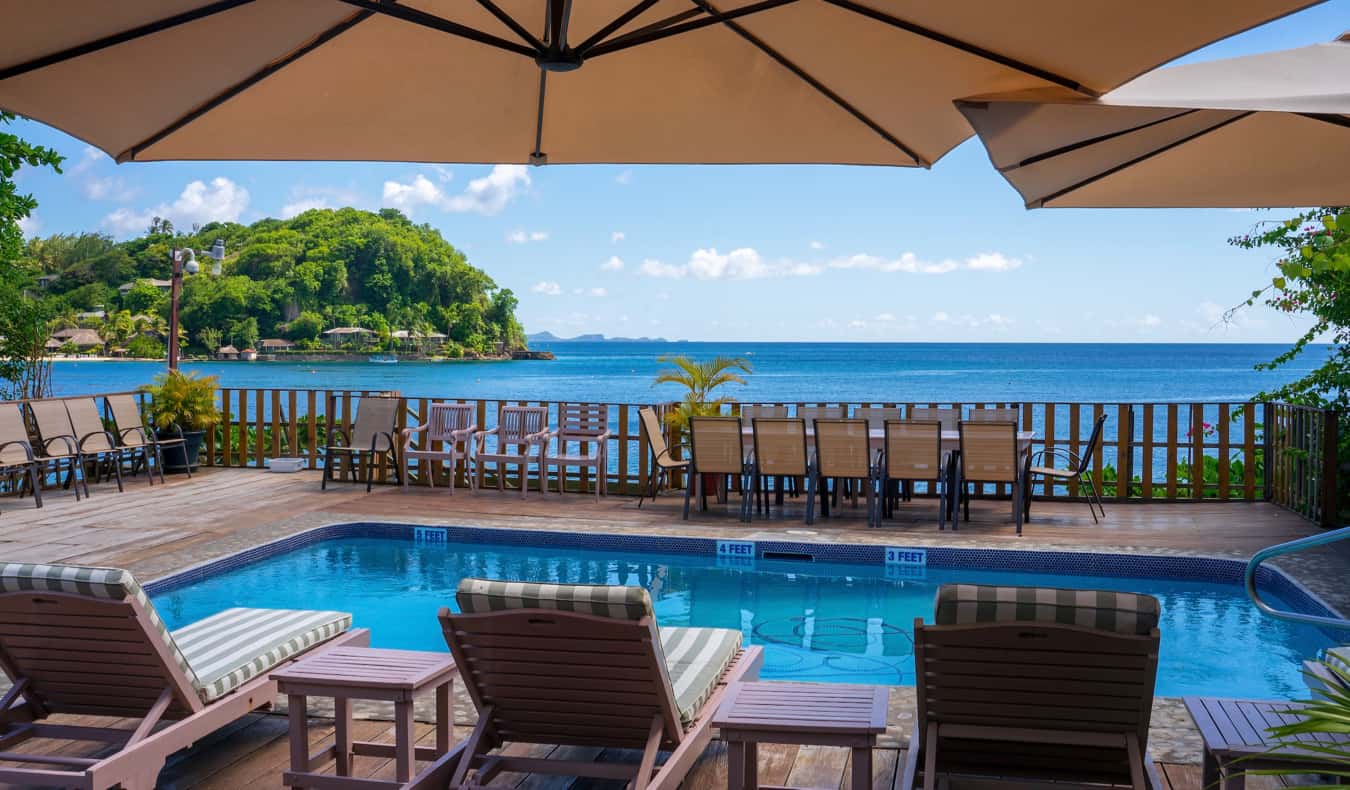
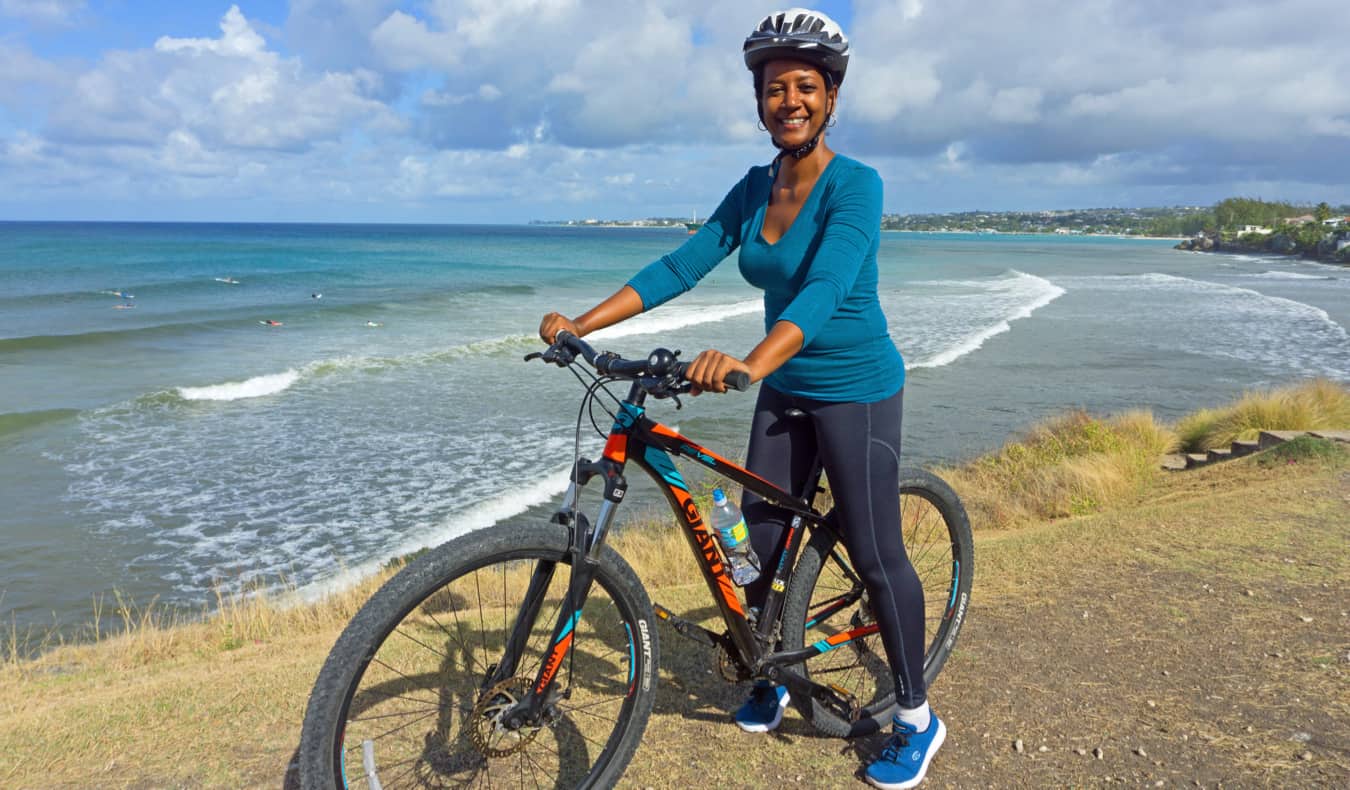
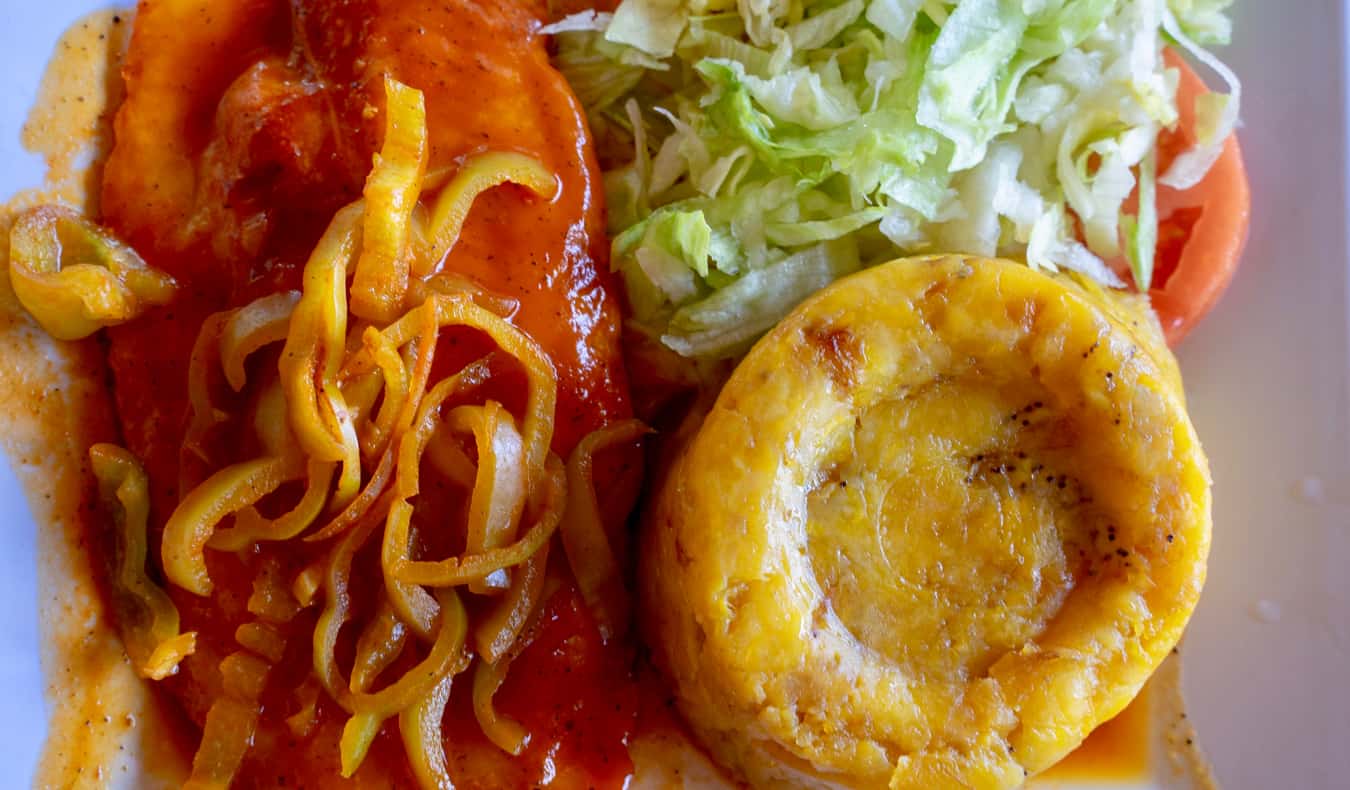
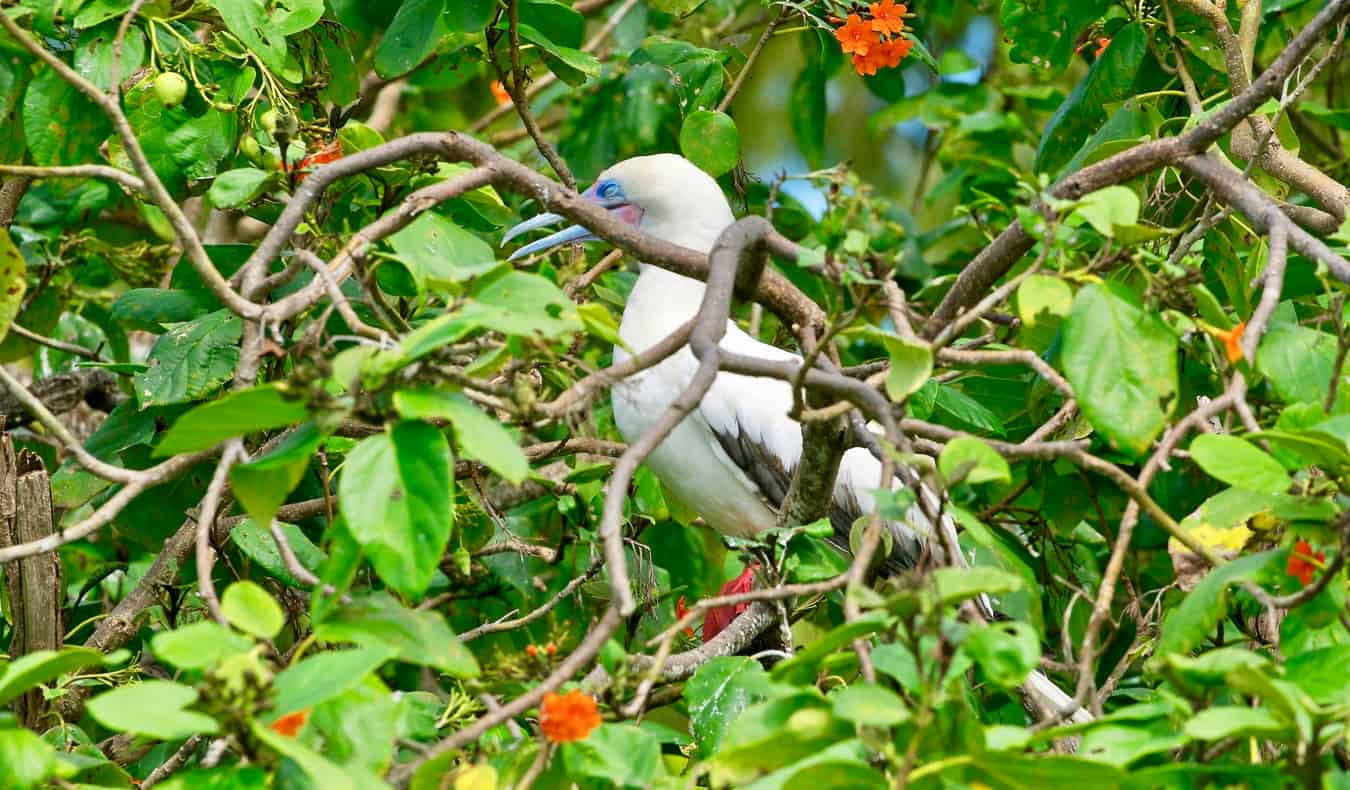
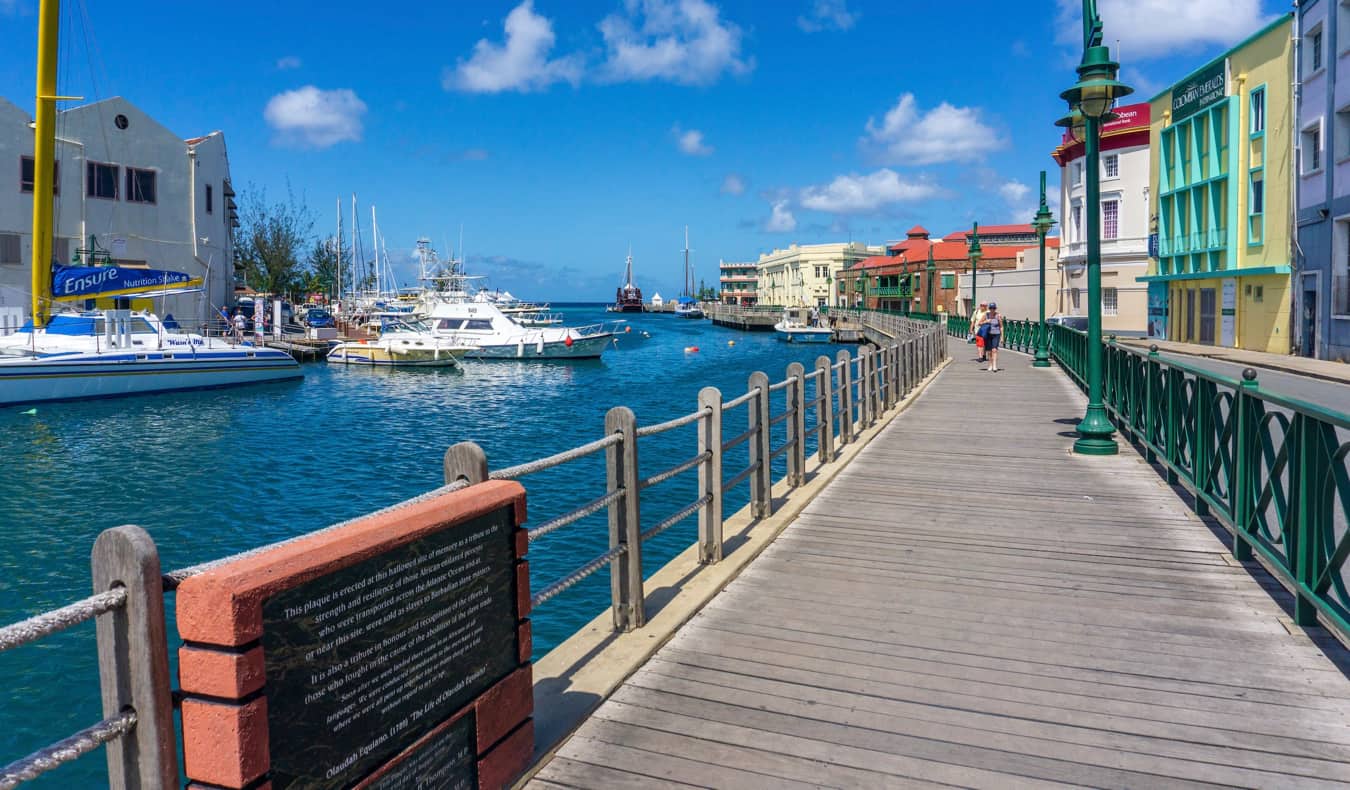

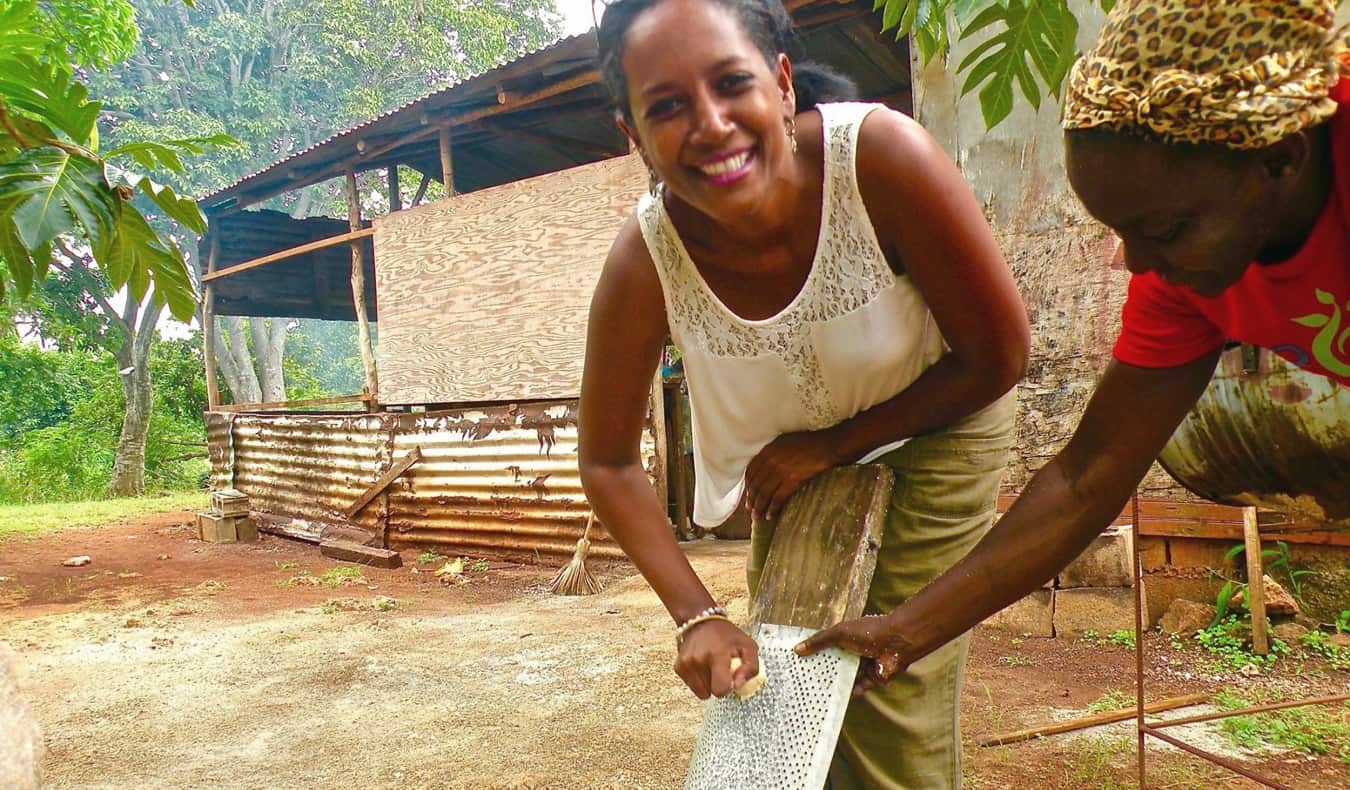
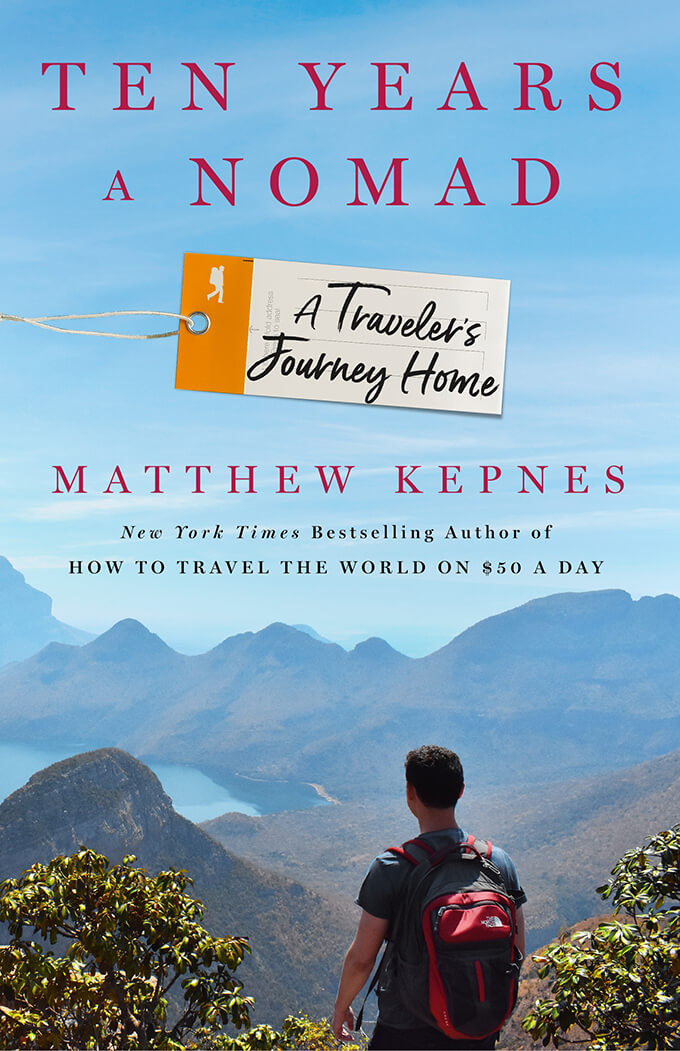



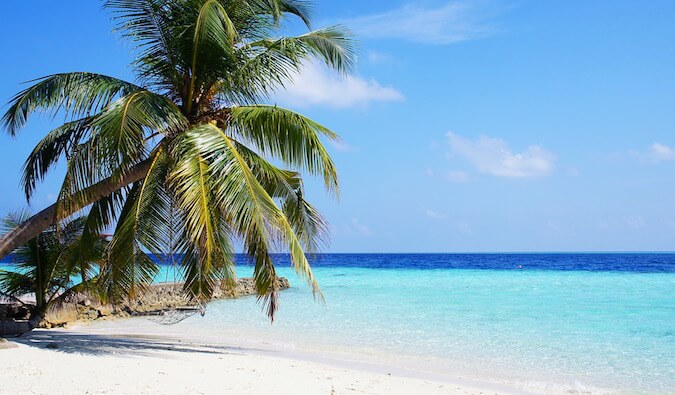 The 20 Best Tropical Islands in the World
The 20 Best Tropical Islands in the World
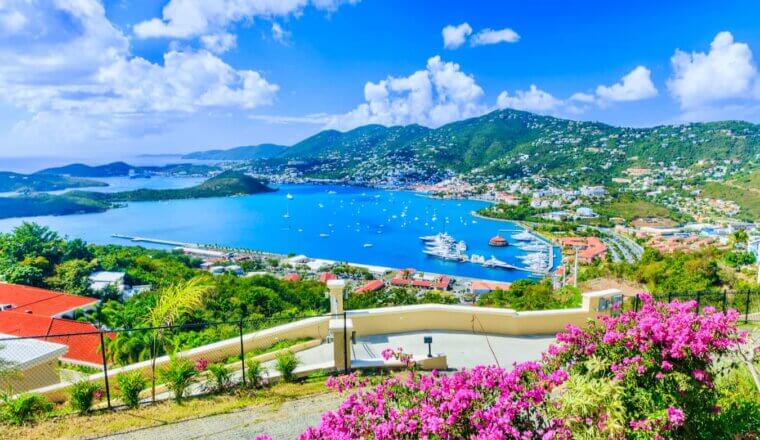 My 16 Favorite Things to Do in the Virgin Islands
My 16 Favorite Things to Do in the Virgin Islands
